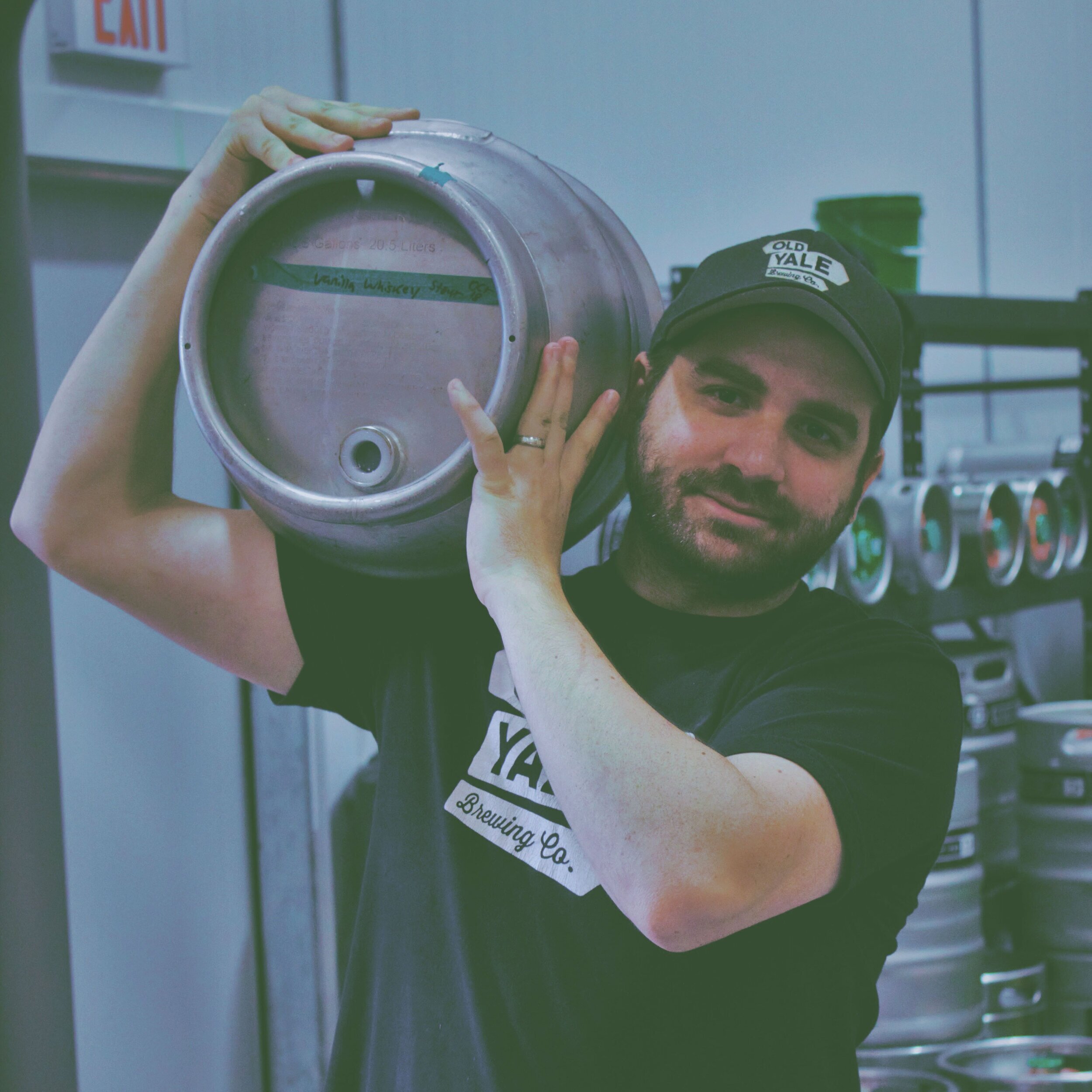Ever been confused about the difference between a Stout and a Porter? You’re not alone. The line between the two is blurry and it has caused MANY craft beer enthusiasts to debate the difference; is it the mouthfeel, the potency, the flavour? I mean we know what they have in common… they’re both dark, rich and delicious, but it’s hard to come up with a major difference, and we consider ourselves experts in drinking beer! So we turned to the real beer expert, our brewmaster Nick, to figure it out (we need answers!!). And let’s just say, it’s no wonder everyone’s confused! The difference is hard to pinpoint.
Craft Beer 101: Let's Dry Hop to it
You’ve probably seen a brew or two boasting the words “dry hopped”. This method is so popular, and for good reason! Dry hopping is known for bringing out the aromas of hops opposed to the perceived bitterness. Depending on the hop variety, think tropical, citrus, berry, floral, pine and minty notes. Delicious, right?
Craft Beer 101: What is a Crowler?
No, it’s not a typo. A Crowler is a thing. A magnificent thing. By now, most people have heard of a Growler...we think. For anyone who hasn’t, a Growler is a large bottle of sorts that is used to transport craft beer so that you can enjoy it anywhere! Many even boast a collection of them from far and wide. These beautiful vessels have become a part of today’s craft beer culture and have allowed for a fresh craft beer experience straight from the source.
Craft beer 101: West Coast IPA vs. East Coast IPA
Craft Beer 101: What exactly Is a Cask?
If you're a veteran craft beer fan, then chances are you already know what a Cask is... this blog probably isn't for you (unless you're looking for a refresher)... no, this one's for the new craft drinkers or anyone who's seen our #BlastfromtheCask posts on social media and have kind of always wondered what the hell we were talking about. In a nutshell (in case you don't want to read the full blog), Cask Beers are all about adventure. They give us a chance to try something new and fun, and most importantly allow our beloved customers to have an even more unique Old Yale experience. So, if you're intrigued, keep reading to find out what a Cask is and why we love them...
What is a Cask and how is it made?
A Cask conditioned-beer (or real ale) is a beer that has been through a fermentation process twice; the initial or primary fermentation (which all of our Old Yale beers undergo), followed by a secondary fermentation and conditioning process, while no gas is added to a Cask, it has a natural carbonation due to the carbon dioxide that is produced - this provides a creamier head and generally lower-carbonation level than our packaged or draught product.
The secondary fermentation/conditioning process is done in a barrel-like container made of metal (you guessed it...) a Cask!
Once the beer has been through the full brewing process, a portion is transferred into the Cask. Priming sugars and yeast are then added and the secondary fermentation process begins. This is also when additional ingredients are added for taste, flavour and to make it a unique beer experience. The Cask is then sealed and left to condition at cellar temperature for approximately two weeks. Once ready, the Cask is chilled, then tapped and served!
CAMRA - Campaign for Real Ale...
In the early 1970s, an organization called CAMRA (Campaign for Real Ale Society of BC) coined the term 'real ale' for traditional draught Cask beers to distinguish them from processed and highly carbonated beers being promoted by big brewers. The organization is dedicated to the promotion and responsible consumption of natural, crafted beer, just like us at Old Yale Brewing! They're a HUGE part of why we decided to create a weekly Cask program at Old Yale - to celebrate the tradition of Craft Beer while experimenting and of course, having fun!
What can I expect from a Cask Beer?
One of the reasons we love offering Casks at Old Yale is because it gives us a chance to experiment with flavours and styles. Whether we're adding different unique hops to the equation, playing with spices, fruit and teas or just giving our beers the ol' boozy kick it needs, the opportunities are almost endless. Some of our favourite past "Blasts from the Casks" or "Blasts from the Past" if you will, are:
+ Oak Whiskey Porter (7.7%) - our rich, dark & delicious Himalayan Salted Caramel Porter conditioned on Whiskey soaked American Oak.
+ Mojito IPA (7.0%) - Our bold and hoppy West Coast IPA cask conditioned with Mint, Lime and White Rum.
+ Lime Match Blonde (5.0%) - our crisp, clean & straightforward Knotty Blonde Ale with herbal and floral notes from stone-ground Japanese Green Tea, complimented by citrusy, bright Limes.
+ Azacca Lupulin Pale Ale (5.0%) - perfectly balanced and refreshing Off Trail Pale Ale with a citrusy and tropical boost from the Azacca Lupuplin powder.
+ Mango Tequila Sunrise (6.5%) - Our smooth and tropical Moon Dance Mango Wheat conditioned on Orange Peel and White Tequila
Where can I try a Cask beer?
If you’re interested in trying a Cask, you’re in luck! They have become increasingly popular over the past decade and are quite the fan favorite here at Old Yale Brewing. Casks are an excellent way for you to try something different and experiment with beers you already enjoy, while celebrating the traditional side of Craft Beer.
In fact, every Wednesday in our Tasting Room, we tap a one-time only Cask at 2pm. We call it "Blast from the Cask" and it's always a good time. To find out what each week's Cask will be, follow us on Facebook, Instagram and Twitter, we release the Cask info every Monday. Cheers!
Craft Beer 101: What's yeast used for in craft beer?
Craft Beer 101: How long will my growler fill last?
Craft Beer 101: CO2 vs. Nitrogen in Beer
Co2 or Nitro: which would you choose for your next pour of craft beer? Learn the basics of each so you can make an informed decision next time you have the option.
WHAT DOES CO2 DO FOR BEER OTHER THAN FIZZINESS?
CO2 (Carbon Dioxide) is a non-toxic gas that is produced by the yeast during fermentation. It carbonates the beer and makes it fizzy but it also does a few other things:
+ The CO2 reacts in beer to make it more acidic (lowers the pH) and this changes the flavour of the beer. The lower pH makes it a more zippy and less lingering flavour on the palate.
+ The lower pH from the CO2, along with it not being usable for respiration, helps protect beer from bacteria and foreign yeast. This makes it a very clean beverage and helps it last longer on the shelf.
+ The bubbles and foam in beer are because of CO2. The beer itself makes up the liquid bubble wall and the CO2 fills the bubble. Oxygen doesn’t react with the beer the same way so if bubbles are formed that are filled with oxygen they will pop quickly and disappear.
+ CO2 also helps to increase the aroma and flavour of the beer. As CO2 escapes the beer through the bubbles/foam, it takes with it some of the aromas. This helps us smell the amazing aromas in the beer as we drink it and of course most of our taste is based on smell.
WHAT DOES NITROGEN DO FOR BEER COMPARED TO CO2?
Even beer with Nitrogen still has CO2 in it. CO2 is produced by the yeast during fermentation so it is always a part of the beer, but we can also manually add nitrogen later in the process. The nitrogen has a lot of similarities to CO2 in that it forms bubbles and it increases the aroma and flavour. It has some very important differences, though:
+ Nitrogen does not react with beer like CO2 to lower the pH so the beer tastes less acidic than with CO2 and therefore tastes thicker, more full and a little more lingering on the palate.
+ Nitrogen does not want to dissolve into beer as easily as CO2 does and once it is in there it doesn’t want to come back out, and so it reacts differently with the beer and forms much smaller bubbles. This gives the beer a much thicker foam that lasts longer. This is also why nitrogen beers are poured with a special beer font and why special cans and bottles are made for nitrogen beers. These devices force the Nitrogen to come back out of the beer and create the bubbles/foam and help lift the aroma and flavour.
So, there you have it! Which do you think you'll choose next time you have the option - CO2, or Nitro?












